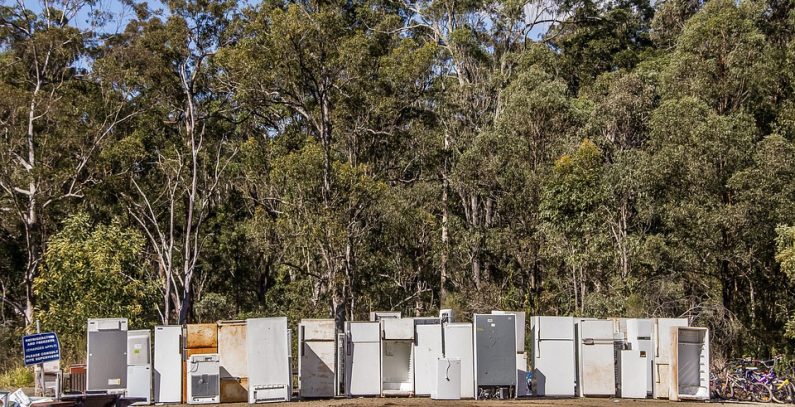
Photo: Pixabay
The energy efficiency action plan recently adopted by the Croatian government envisages measures to reduce energy poverty, given that about 50,000 households are currently designated as vulnerable consumers of energy, local media reported.
It is assumed that 330 households will take part in the program annually. The state will approve financing to these households to replace old refrigerators, built in 1989-2000, with fridges with an energy efficiency standard of A+, as well as to replace old washers, manufactured in 1970-1975, with new washing machines meeting the A+++ standard, Novi list wrote, adding that the measures will be in effect until the end of 2026.
Around 60% of households designated as vulnerable energy consumers will have building envelopes retrofitted, with simple energy efficiency measures to be applied at the remaining 40%, such as the replacement of classic bulbs with LED lighting.
Other measures will include upgrading or replacing heating systems to switch from electricity and heating oil to more cost-effective and cleaner fuels.
Various urban mobility measures envisaged
The action plan envisages various transport measures that should help reduce traffic jams, facilitate parking, and reduce pollution. These measures are envisaged to include a single, cheaper public transit fare that would cover all means of transport, including bike rental.
At the same time, Croatia should deploy technology to inform motorists about free parking spaces in public areas and garages, while traffic lights at major intersections would display the remaining time of red light to enable drivers to turn off their car engine in order to reduce pollution.
Around 160 liters of fuel is consumed daily at around 1,000 intersections in Croatia while drivers are waiting for the signal to turn green. The successive replacement of existing traffic lights at 200 intersections by 2020 is proposed.
Benefits for “green vehicles”
The action plan envisages the introduction of privileged parking for zero-emission vehicles, as well as limiting access to parking for vehicles with internal combustion engines. A smart traffic management center is to be developed to reroute traffic when accidents occur, in what would reduce traffic jams and fuel consumption.
Displays at bus and tram stops are planned, to inform people about transportation options.
Also, a car sharing scheme is to be introduced to enable renting an electric or hybrid car for transportation from A to B and leaving the electric vehicles at designated parking areas.


















Be the first one to comment on this article.